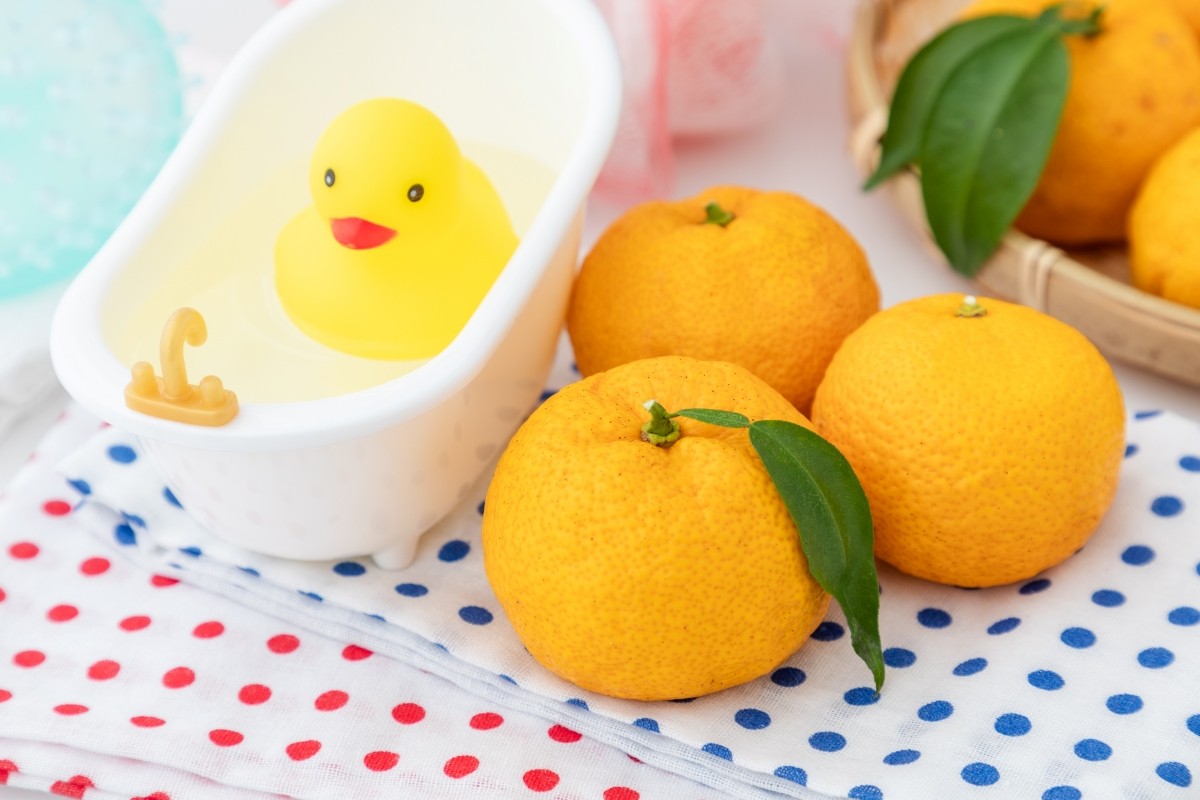
The winter solstice marks the shortest day and the longest night of the year, typically around December 21st. In Japan, people eat pumpkin and enjoy relaxing in yuzu baths. But why do these traditions exist? When do people celebrate the winter solstice, and for what reasons? Here, we’ll answer all your questions about this special day!
"What is the Winter Solstice?" Traditions and Meaning in Japan
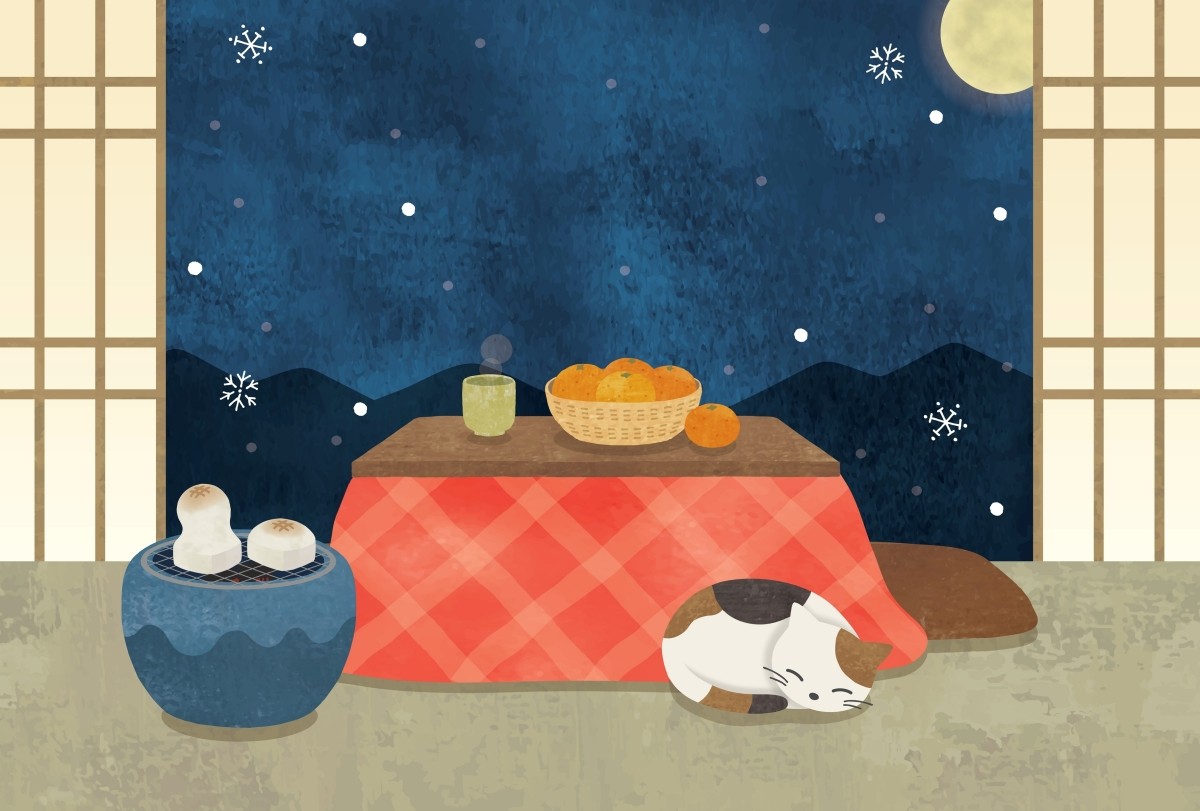
Characteristics of the Winter Solstice
The winter solstice is the day when the sun’s position is at its lowest on the horizon, resulting in the shortest daylight hours. Shadows are longest, and sunlight reaches deeper into rooms. The sun's light also weakens, and many plants begin to wither. For those who depended on agriculture, this season once felt uncertain and unsettling.
The term "冬至 (Winter Solstice)" in Japanese uses characters that mean “to reach winter,” as this day signals the real onset of cold weather.
The Winter Solstice as a Time of New Beginnings
Despite the challenges of this season, the solstice also brings a turning point: after the solstice, days gradually lengthen toward the summer solstice, when daylight is longest and night is shortest. Thus, the solstice marks a “new beginning.”
The winter solstice is also seen as “the day the sun is reborn,” representing recovery and regeneration. This shift brings a renewed energy and an uplift in fortune. Many cultures worldwide have their own solstice traditions as well.
What is "Ichiyō Raifuku"
The winter solstice is also associated with the phrase "Ichiyō Raifuku," meaning “as darkness peaks, light returns.” It’s believed that even after tough times, life will eventually turn for the better. Many shrines in Japan offer charms inscribed with “Ichiyō Raifuku” between the winter solstice and Setsubun, hoping to bring good fortune and prosperity.
When is the Winter Solstice in 2026?
The date of the winter solstice changes slightly each year as it is based on the movement of the sun. Generally, it falls around December 21st. In 2026, the winter solstice is on Tuesday, December 22.
Seasonal Foods of the Winter Solstice: Pumpkin, the “Seven Lucky Foods,” and More
Why Eat Pumpkin on the Winter Solstice?

Eating pumpkin is a traditional winter solstice custom in Japan. Although pumpkins are technically summer vegetables, they keep well, making it possible to enjoy them in winter even when harvested in summer.
Why pumpkin? It’s sometimes called “nankin” in Japanese, which contains the sound “n.” This “n” sound is thought to bring good fortune, so pumpkin became a popular food for bringing luck. Additionally, pumpkin is rich in vitamins, carotene, calcium, and iron, helping to boost immunity and fend off colds. Storing pumpkins from summer until winter also enhances their natural sweetness.
Popular ways to enjoy pumpkin include simmered pumpkin or “Itoko-ni,” where pumpkin is cooked with azuki beans. Azuki’s red color is traditionally thought to ward off evil, so combining it with pumpkin, which boosts luck, makes for a powerful and auspicious dish.
The “Seven Lucky Foods” with “N” Sounds
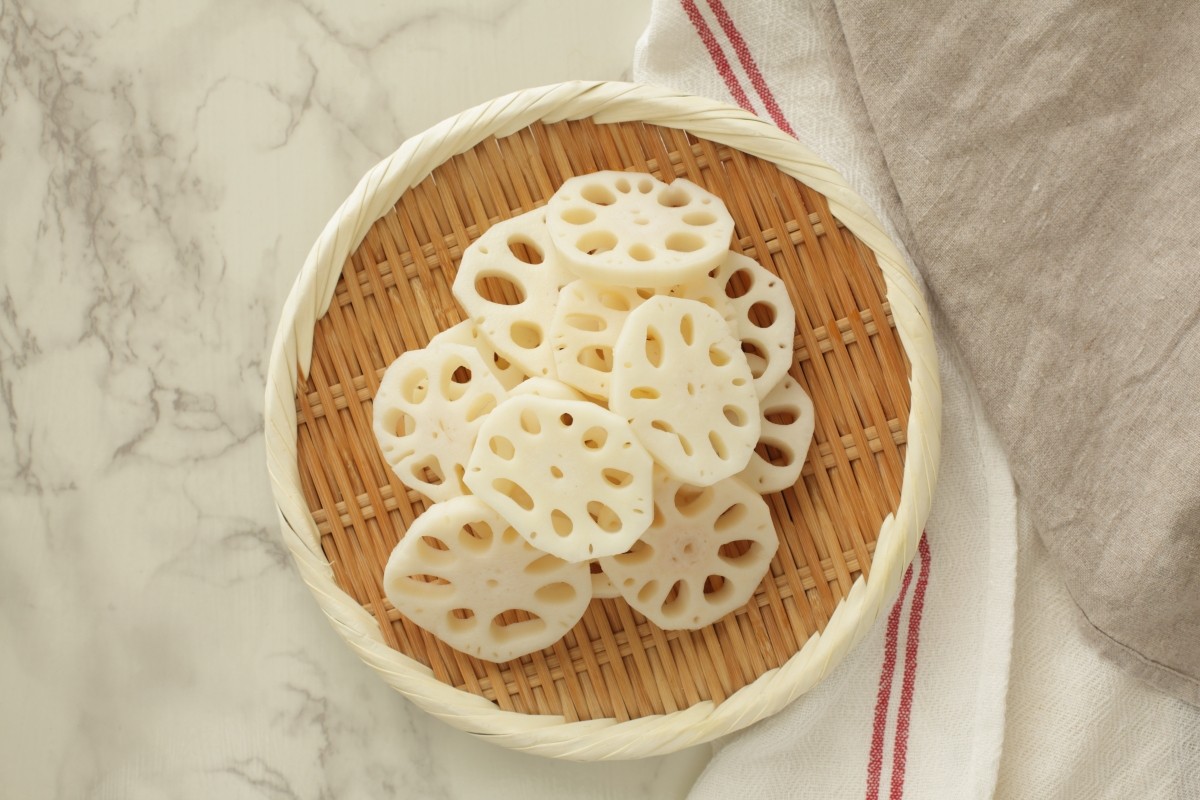
In addition, it is said that it is auspicious to eat ingredients with "n" in order to get lucky.
Eating foods with “n” sounds on the winter solstice is another way to bring good luck. The traditional seven foods are: Pumpkin ("nankin"), Lotus root ("renkon"), Carrot ("ninjin"), Ginkgo nuts ("ginnan"), Kumquat ("kinkan"), Agar jelly ("kanten"), Udon noodles ("undon"). Together, these are known as the “Seven Lucky Foods of the Winter Solstice.”
Why Eat Konjac on the Winter Solstice?
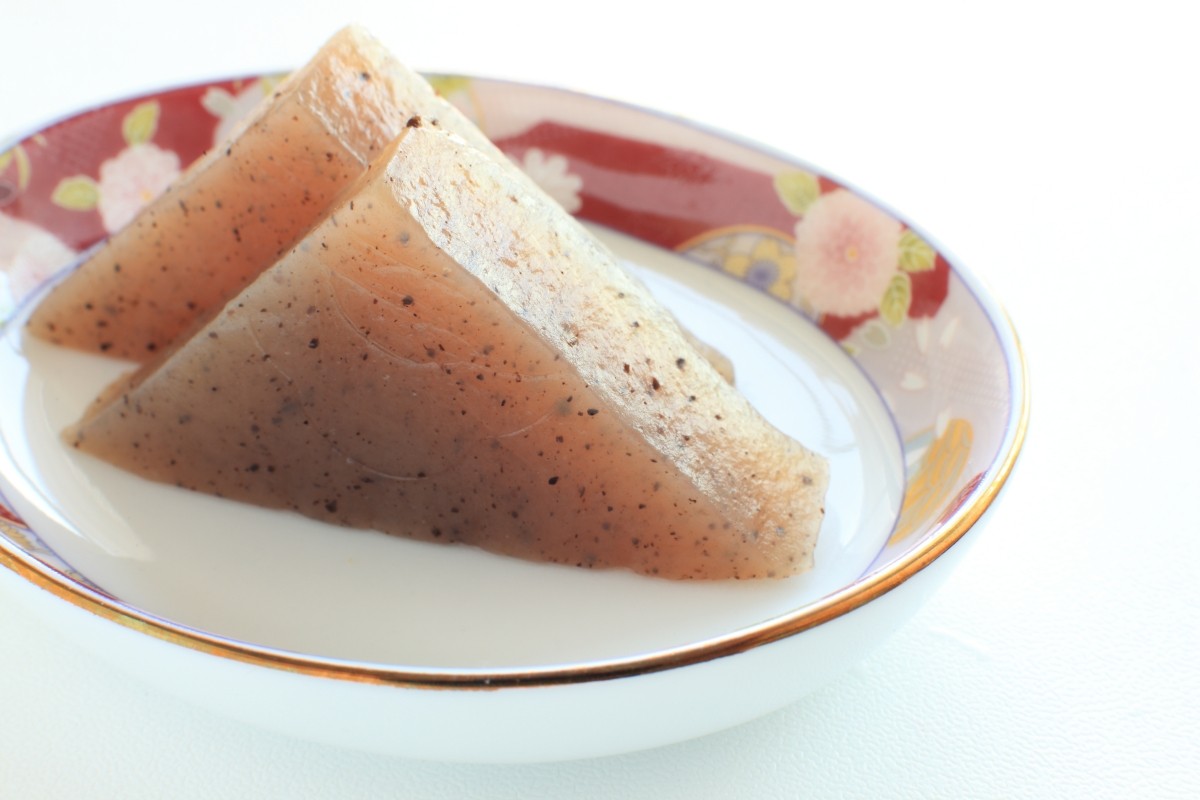
In addition to the “Seven Lucky Foods,” konjac (konnyaku) is also commonly eaten on this day. Konjac is high in dietary fiber, which supports healthy digestion. It’s known for helping with regularity and removing waste from the body, earning it the nickname “body cleaner.” This is why some people choose to eat konjac on the winter solstice.
Why Take a Yuzu Bath on the Winter Solstice?
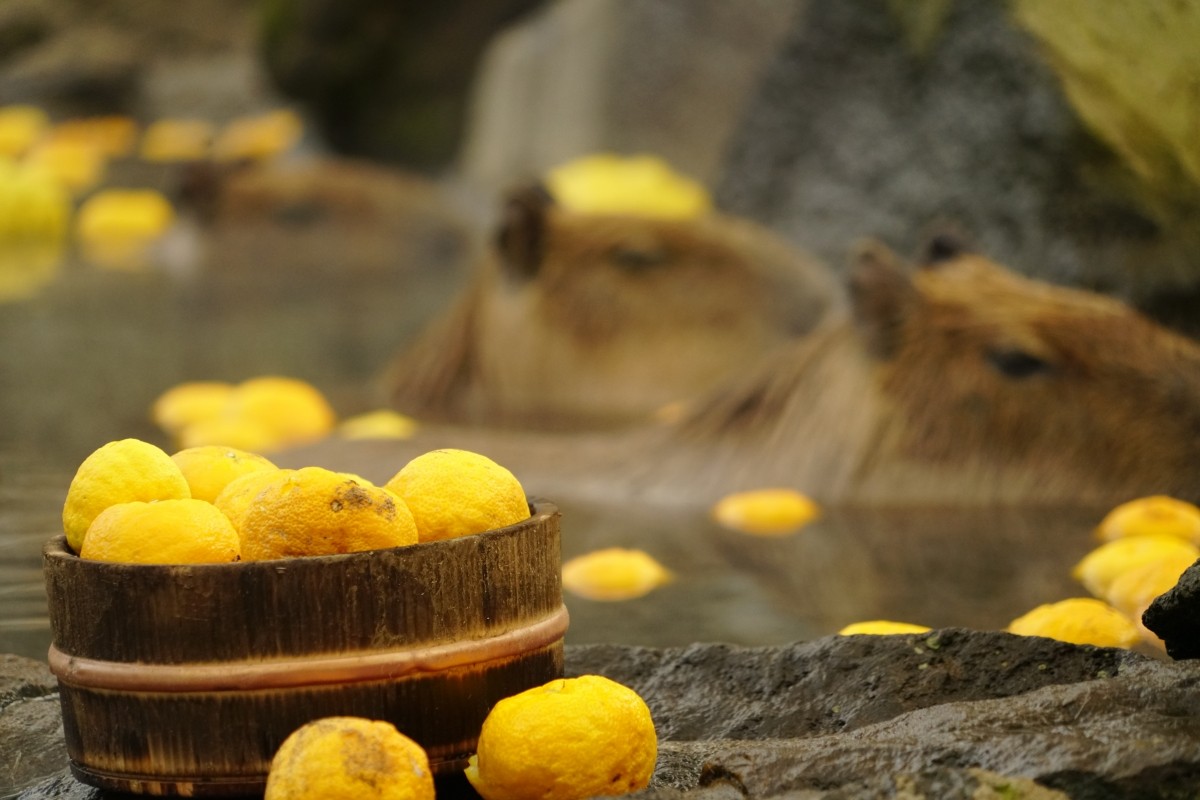
As mentioned earlier, the winter solstice is the shortest day of the year, when daytime is brief and it’s thought that luck and physical strength may be at their lowest. For centuries, people have eaten pumpkin and bathed in yuzu baths to ward off sickness and invite good fortune. The strong scent of yuzu is said to purify the body, driving away evil spirits and “preparing the body to receive good fortune.” There is also a popular belief that if you bathe in yuzu, you won’t catch a cold for the entire year.
Yuzu trees take many years to bear fruit, so yuzu is also thought to symbolize resilience and success after hard work.
What Not to Do on the Winter Solstice
According to tradition, since the winter solstice is considered the peak of yin energy, it’s best to avoid staying up late or letting your body get cold. (There are various interpretations of this.)
Negative speech, major cleaning, and starting new projects are also best avoided on this day. The winter solstice is seen as a time to rest, quietly recharge, and prepare for the new year.
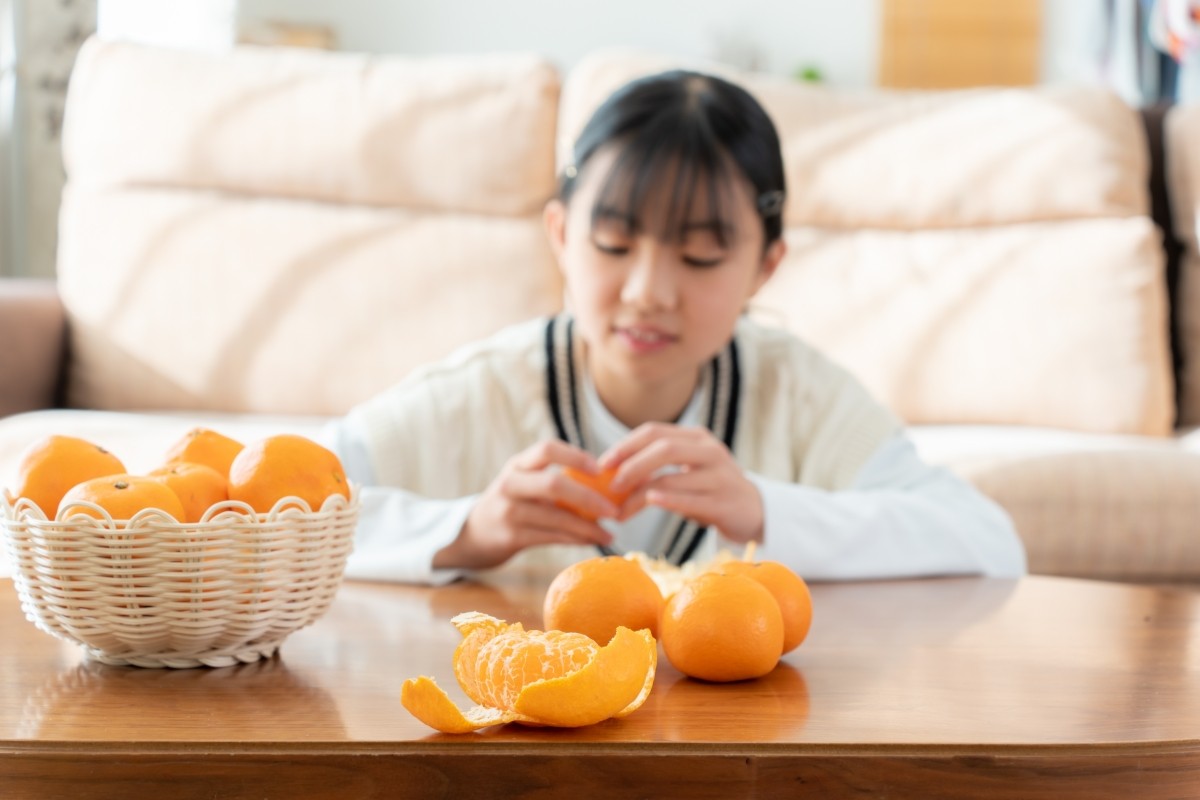
The winter solstice is the shortest day of the year, with the least daylight between sunrise and sunset. In Japan, people eat pumpkin for luck and soak in yuzu baths to stay healthy. If you’re visiting Japan during the winter solstice, you can experience these customs by picking up pumpkin dishes at convenience stores and yuzu at supermarkets—give the “winter solstice experience” a try!
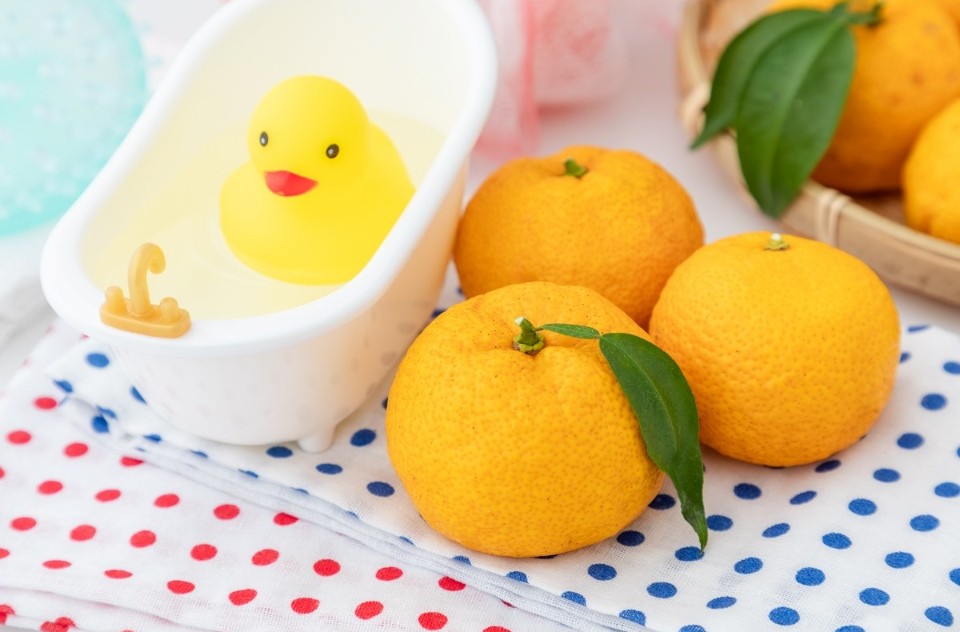
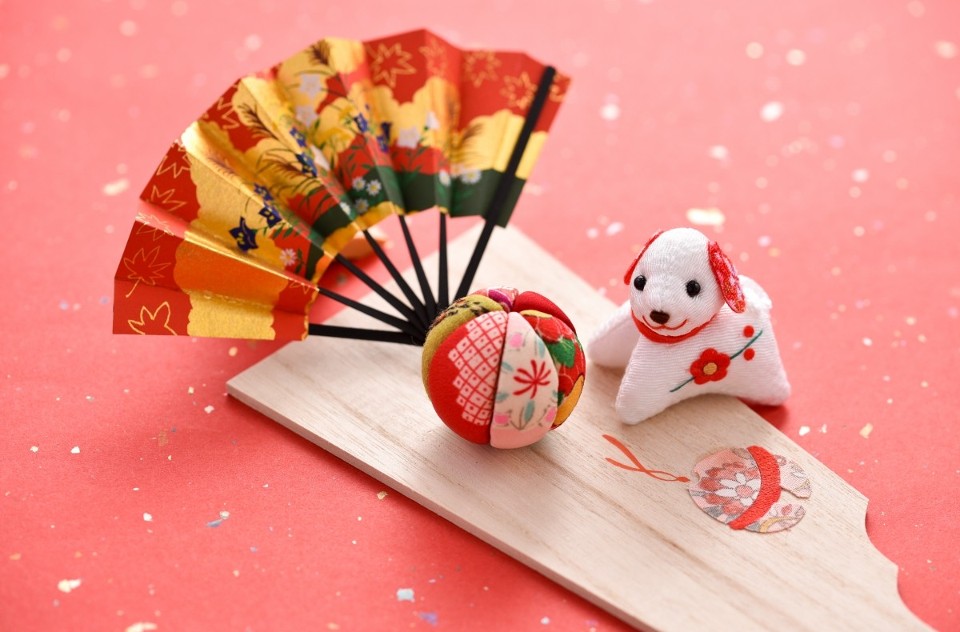
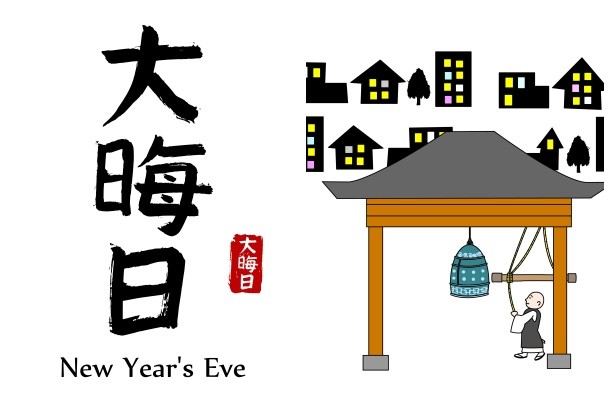
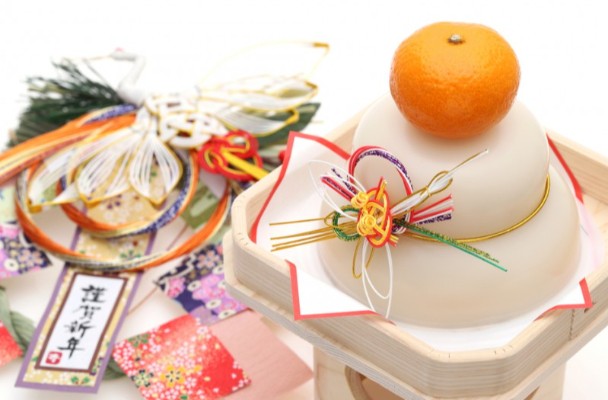
Comments